The 2.0 update also affected the skill trees, and the inspiration for this came from several places.
Compared to the 2020 release, Cyberpunk 2077 is nowhere near the same level, as CD Projekt RED has fixed a significant number of bugs, the performance on PlayStation 4/Xbox One has become somewhat acceptable, but the 2013 consoles do not get the only add-on, Phantom Liberty, that took Cyberpunk 2077 to a new level (and thus the version number beyond 2.0) in the first-person adventure.
In an interview with PCGamer, Karol Matyasik, head of gameplay design, explained the inspiration behind the revamped skill trees: “After discussing what improvements we wanted to make to the perks in Update 2.0, the team studied the progression systems of various games, including Dying Light, Borderlands, and even Dota 2. When it comes to the structure of the 2.0 perks, I think the old school design of Diablo 2’s skill trees, with their clear paths and progressively more powerful (and fun!) abilities, is what we often referenced in our discussions.
For individual perks, we always strived to be able to roleplay a certain character through abilities, looking for actions and defining who is a “strong solo” or “cyberninja” for example. For many of the combat abilities, the Doom games have been a personal source of inspiration, thanks to their fast, relentless, visceral, push-and-pull combat,” Matyasik said.
For example, you can even experiment with climbing a tree, and a few moves can fundamentally change the style of gameplay, even if they seem like minor changes at first. A lot of the perks are focused on hacking, but not all of them are, so the developers are allowing players to play more freely. Inspiration from Cyberpunk: Edgerunners can be detected (one of the first perks is Rebecca in the Body tree, and for Technical Ability, Edgerunner allows you to “push your limits”).
It’s no crime to take a good idea from a good source.
Source: PCGamer

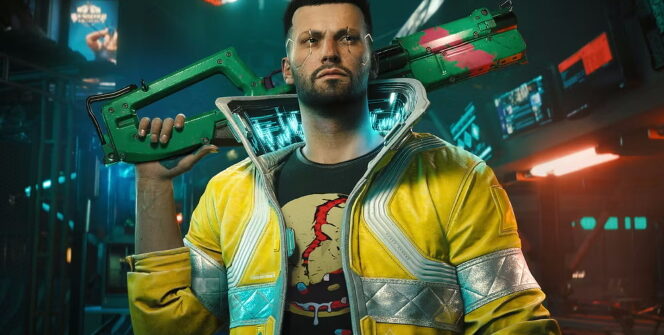
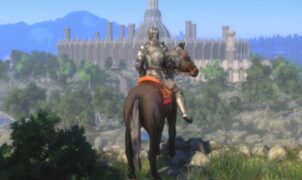




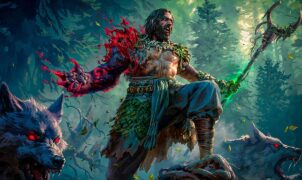


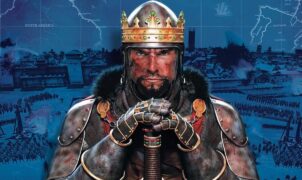

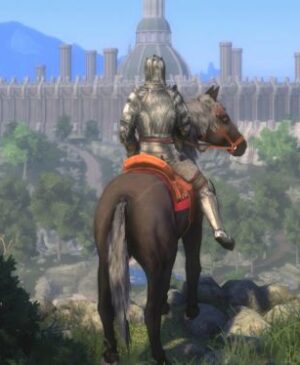



Leave a Reply